Intco Vietnam Industrial Co., Ltd. uses renewable energy and recycled materials in production, aiming for a circular economic model. Photo: Chi Pham
In the spirit of implementing the commitment to achieve net zero emissions by 2050 as Vietnam declared at the COP26 Conference, Thanh Hoa province has developed and issued many specific action plans to promote the development of clean energy and renewable energy. By 2030, the province aims to reduce greenhouse gas emissions by at least 30% compared to the present, increase the rate of renewable energy use in key economic sectors to 30%, and move towards forming models of industrial parks, production clusters and services in the direction of circulation and low emissions.
In the industrial sector, many large-scale enterprises have pioneered the green transformation process. Vicem Bim Son Cement Joint Stock Company has invested in a system to utilize waste heat to generate electricity, helping to save tens of billions of VND each year and reduce thousands of tons of CO2 emissions into the environment. Nghi Son Refinery and Petrochemical Plant - one of the country's key industrial complexes - is also gradually modernizing its production process, applying technology to reduce NOx and SOx emissions, and recovering and reusing steam and wastewater during operation. Many small and medium-sized enterprises in Le Mon, Bim Son and Nghi Son industrial parks have installed rooftop solar power, improved lighting systems and production equipment to save energy.
According to statistics from the Department of Industry and Trade, the province currently has more than 50 businesses installing solar power systems, with a total capacity of nearly 40 MWp. It is estimated that the amount of electricity produced from this source helps businesses save about 60 - 80 billion VND per year, while reducing emissions of more than 35,000 tons of CO2.
This "wave" is also spreading to the service sector, especially the essential infrastructure sector. In Hoang Hoa district, the Hoang Xuan Commune Clean Water Plant with a design capacity of 6,500m3/day and night, currently supplying clean water to about 8,000 customers in 10 northern communes of the district - is a typical example in applying renewable energy in operation. Since 2021, the plant has invested nearly 1 billion VND to install a rooftop solar power system with a capacity of 81 kWh. According to Mr. Nguyen Van Dung, the plant's executive director, using this clean power source helps save an average of about 15 million VND in electricity bills per month, while ensuring a stable supply during peak hours. With a depreciation cycle of up to 30 years and an expected payback period of 7 years, this is a strategic step towards the goal of being completely self-sufficient in electricity during the day. In 2025, the unit continues to plan to expand the scale of the solar power system to optimize efficiency.
Green energy conversion is also being proactively applied by a number of tourism service businesses in Thanh Hoa in a way that is suitable to local conditions. At Pu Luong Tourist Area (Ba Thuoc), many homestays and resorts have applied solar energy instead of grid electricity, installed biological wastewater treatment systems and minimized plastic waste. Facilities such as Pu Luong Retreat and Pu Luong Treehouse also organize tree planting activities, clean up villages, recycle old items, and aim for green tourism associated with sustainable development. According to Ms. Le Thi Nga, Director of Puluong Bocbandi Retreat Resort: "When switching to solar energy, operating costs are significantly reduced, and it attracts many international tourists who love environmentally friendly tourism models."
Despite positive signs, the green energy transition in Thanh Hoa still faces many obstacles. The biggest obstacle is the high initial investment cost, while most small and medium enterprises and agricultural production households have difficulty accessing green credit capital. In addition, awareness of the long-term benefits of renewable energy is limited, many new models lack technical teams to maintain and service equipment according to standards. Consulting and technology transfer work has not been implemented synchronously, especially in mountainous, remote and isolated areas.
For this process to take place comprehensively and substantially, Thanh Hoa province needs to have a more synchronous and stronger solution. First of all, it is necessary to build specific incentive policies for each group of enterprises according to industry and scale, and at the same time form a fund to support green transformation from local budget sources combined with international capital. Along with that, it is necessary to promote communication to raise awareness, organize technical training, connect enterprises with reputable solution providers, and replicate typical models from practice.
Mr. Nguyen Viet Huy, Head of Energy Management Department (Department of Industry and Trade), said: “Green energy conversion is not only a responsibility, but also an opportunity for businesses to innovate technology, save costs, improve competitiveness and expand markets. Thanh Hoa has great potential for renewable energy such as solar, biomass, coastal wind - if well utilized, it will create a new “boost” for the local economy”.
Chi Pham
Source: https://baothanhhoa.vn/chuyen-doi-nang-luong-xanh-trong-doanh-nghiep-nbsp-mach-nguon-phat-trien-ben-vung-249388.htm





![[Photo] General Secretary To Lam attends the 50th anniversary of the founding of the Vietnam National Industry and Energy Group](https://vphoto.vietnam.vn/thumb/1200x675/vietnam/resource/IMAGE/2025/9/21/bb0920727d8f437887016d196b350dbf)



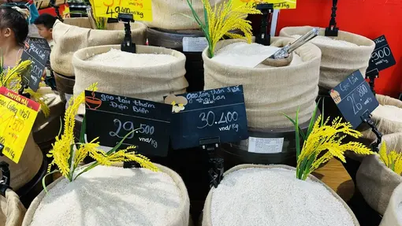



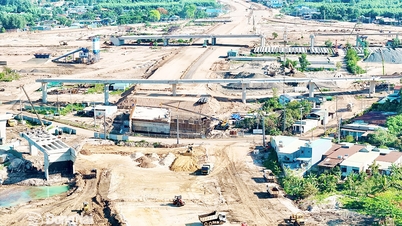
























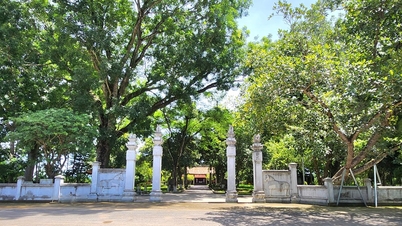



















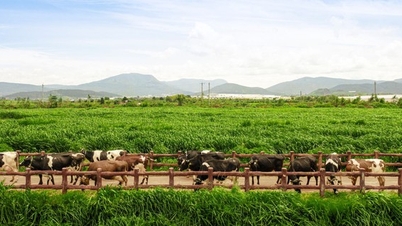

![[VIDEO] 50 years of Petrovietnam: Keeping the legacy alive, creating national energy](https://vphoto.vietnam.vn/thumb/402x226/vietnam/resource/IMAGE/2025/9/20/dff4ddb3d15a4076ba5f67fcdc6c7189)


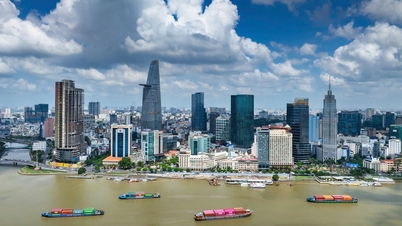






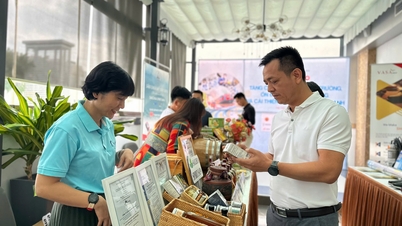














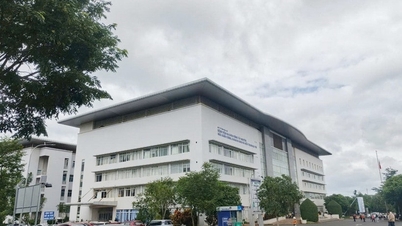









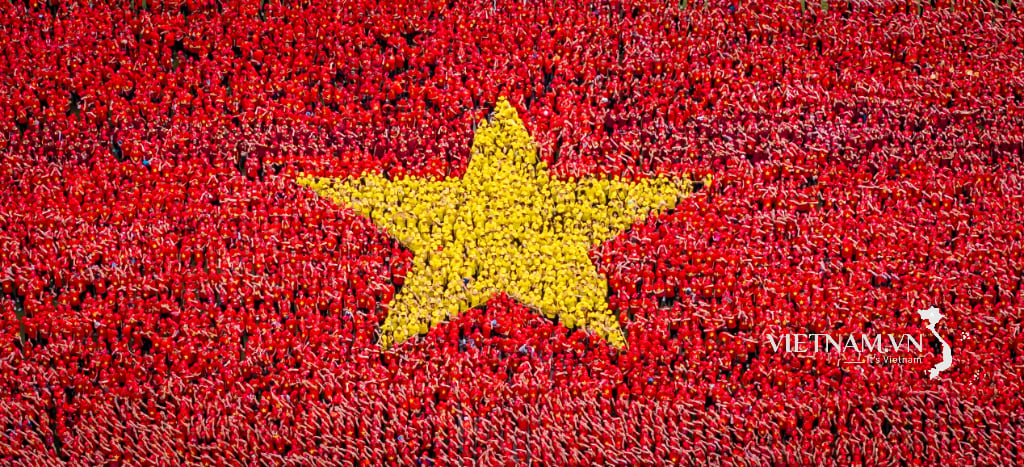
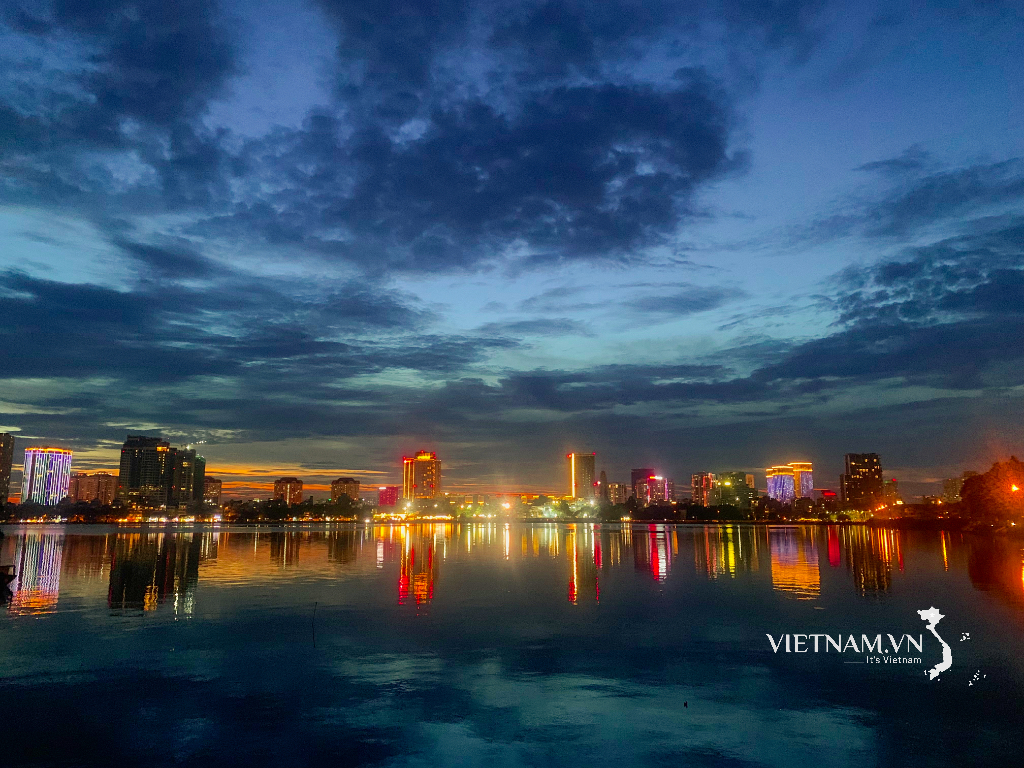


Comment (0)